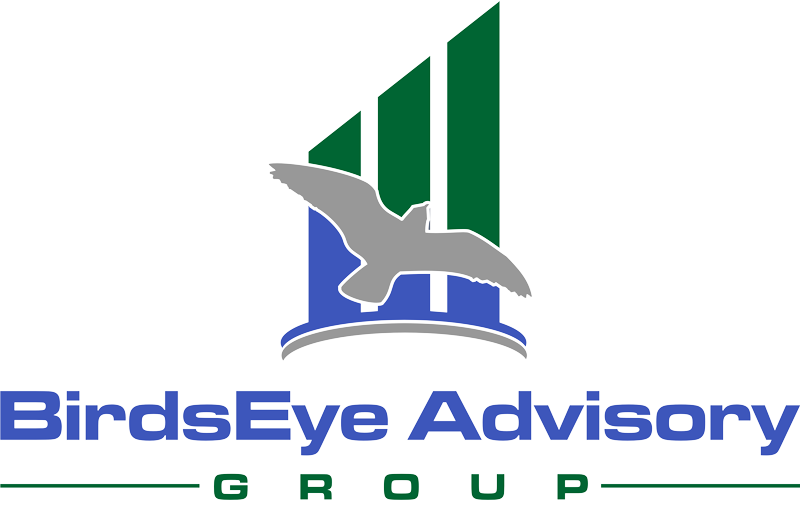The economy may be so-so; the stock market may be shaky; retail sales may be sluggish, at best. The $60 billion-plus pet industry, however, is expected to continue its long, strong, growth streak this year. Brian Beaulieu, an economist, recently told the Pet Industry Leadership Conference that growth in pet expenditures started significantly outpacing all retail sales in 2004 and is currently growing about 50 percent faster than the retail sector as a whole. “We will be enjoying growth in 2016, 2017, 2018,” he said, adding that he believes the industry is recession-proof. Longer-term, the future is bright, too. “There will be 100 million more Americans in 50 years,” he said. “And many of them will want pets.” Pet-loving Millennials, in particular, are mitigating fears about an aging population leaving the market, as Baby Boomers downsize or retire and become unable or unwilling to take care of animals. Bob Vetere, president of the APPA, believes this younger demographic back fill should keep the industry healthy for at least three to five years, as the Boomers age out. (Fun fact: 20 percent of Millennials who own a dog are likely to dress them up for Halloween, as opposed to only 13 percent of Baby Boomers.) Dogs, especially, are becoming more popular. David Sprinkle of Packaged Facts notes that the number of Americans who own dogs rose to 40 percent from 35 percent between 2007 and 2015; about 32 percent of the population has children. Yes, that means Americans today are more apt to have a dog than a child.
Besides the sector’s growth and “millennializing”, here are five other pet-related trends that will be big in 2016:
Acquisitions
The pet space continues to attract strategic and private equity investors; deal volume will likely continue apace this year, following a robust 2015. One area that has been picking up is the phenomenon of big fish buying little fish. And now we are seeing large, non-pet players entering the fray. Such was the case when J.M. Smuckers Company acquired Big Heart Pet Brands last year. No matter how many deals are completed, however, more small fish always appear. In fact, about 200 to 250 new businesses join the APPA each year; currently, membership is about 1,250 companies, up from 620 in 2002.
Technology
GPS and activity-oriented tags and collars will remain popular and evolve further. But Millennials, like some Boomers, perhaps, also place a premium on devices that help them make sure their pets are doing well when their owners are away. Remote cameras, speakerphones, timed doggie doors, or eating and watering contraptions are all hits with techie pet owners. Imagine watching on your cell phone your pup at home, and if the animal is causing mischief or making a mess, just call a cell phone-like device on its collar and bark, “Stop!”
Online Shopping
Traditional shopping channels for pet products—pet superstores, grocery stores, veterinarian offices and wholesale clubs—are doing well. But shopping online has shown the most growth in the past five years; some 8.2 percent of pet-owning households bought pet products online in 2015. Be prepared, too, for more grooming items marketed as upscale or luxury versions of pet staples both online and in brick-and-mortar stores, all part of what has become known as “premiumization”.
Services
Growth will remain strong, too, in the pet services sector. With pet owners becoming more and more time-pressed, they will seek out more and more businesses that provide boarding, grooming, pet-sitting, dog-walking even poop-scooping. A new trend to watch: meal delivery for pets.
Nutrition and Health
In the pet food space, frozen and refrigerated dog food sales were up by 28 percent last year; cat treats were up 13.3 percent, proving, possibly, that convenience and indulgence are still key factors in selecting pet food products. But many pet owners also care about the quality of his or her animal friend’s food. Labels, such as natural, premium, organic, eco-friendly and sustainable move products in the sector, even if few seem to know the difference between the terms, if and when they exist. This “humanization”, as well as “premiumization”, of products and consumer desires goes beyond food, too. Eco-friendly products and those labeled as environmentally safe will attract buyers. The increased demand also is pushing down prices for what often had been very expensive products. For more information on this, visit the Pet Industry Sustainability Coalition website. Meanwhile, vet visits are no longer just for getting annual shots and examinations. Hip and other transplants are becoming more common, just as they are in their human owners. One cause may be that about half of all dog and cat owners own a senior pet, and half of all pets are overweight or obese, reports the Association for Pet Obesity Prevention. Could genomic research and DNA testing on pets become common in the near future? Don’t laugh—a couple in the United Kingdom recently paid $100,000 to clone their deceased dog, proving, I guess, that cats aren’t the only pets that can have, potentially, nine lives.
Carol Frank of Boulder, CO, is the founder of four companies in the pet industry and a Managing Director with BirdsEye Advisory Group, where she advises pet companies in M&A transactions and Exit Planning. She is a former CPA, has an MBA, is a Certified Mergers and Acquisitions Advisory (CM&AA) and holds Series 79 and 63 licenses. She highly values and incentivizes referrals and can be reached at cfrank@birdseyeadvisory.com.
